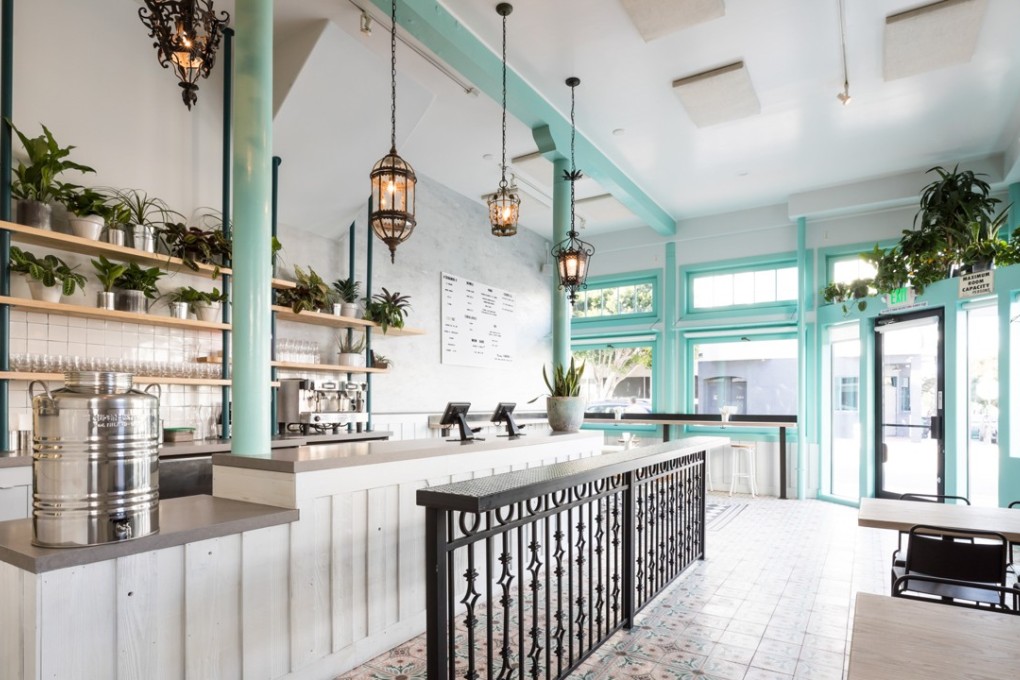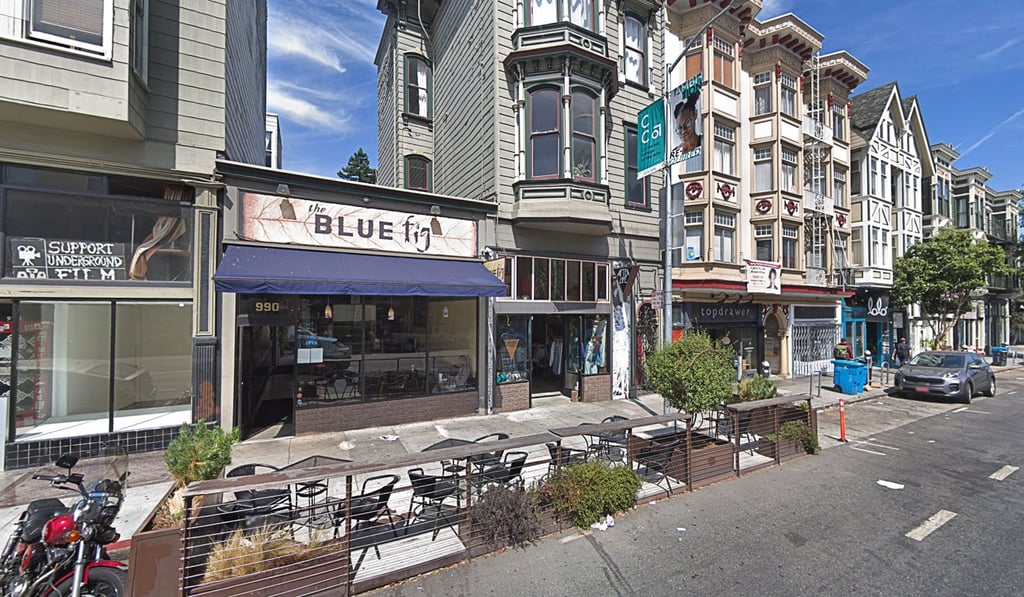San Francisco restaurants that can’t pay staff enough to live there as rents soar
- A burger-making robot, a cocktail-dispensing machine, and dining concepts that save on labour – Bay Area restaurants get creative to survive
- With median rents of US$4,550 a month some staff have to work three jobs, and the wellspring of the foodie revolution is losing talent to Los Angeles

The handwritten sign on the front window of the closed Blue Fig Café last month bade a sad farewell to the days when San Francisco could support an old-fashioned coffee house.
The problem that led the eight-year-old Valencia Street café to shut down wasn’t a lack of coffee drinkers in the trendy Mission district. Nor was it the sky-high commercial rents or the competition from the tech industry cafeterias. It was simply that it has become nearly impossible to pay anyone in San Francisco enough to make you a cup of coffee.
How greedy landlords are killing Hong Kong’s culinary creativity
“It takes a lot to keep a place like this going, and lately we have found it hard to find great people to help us,” wrote the café’s owners on two sheets of printer paper taped to the door, reposted as a photo in the neighbourhood news blog, Mission Local.
“The type of folks who you have gotten to know over the years – students, artists, cooks – can no longer afford to live in San Francisco.”

With the median monthly rent in San Francisco now US$4,550, even hiking the minimum wage to US$15 an hour and requiring health benefits, as San Francisco has done, hasn’t been enough to maintain a healthy heartbeat in the restaurant industry labour market.
The fallout has hit restaurants throughout the San Francisco Bay Area, long known as the epicentre of the foodie revolution. The top-rated wine country restaurant Terra and the historic Berkeley fish house Spenger’s are among this year’s additions to the long list of area restaurants that have closed with owners saying it is nearly impossible to find staff.